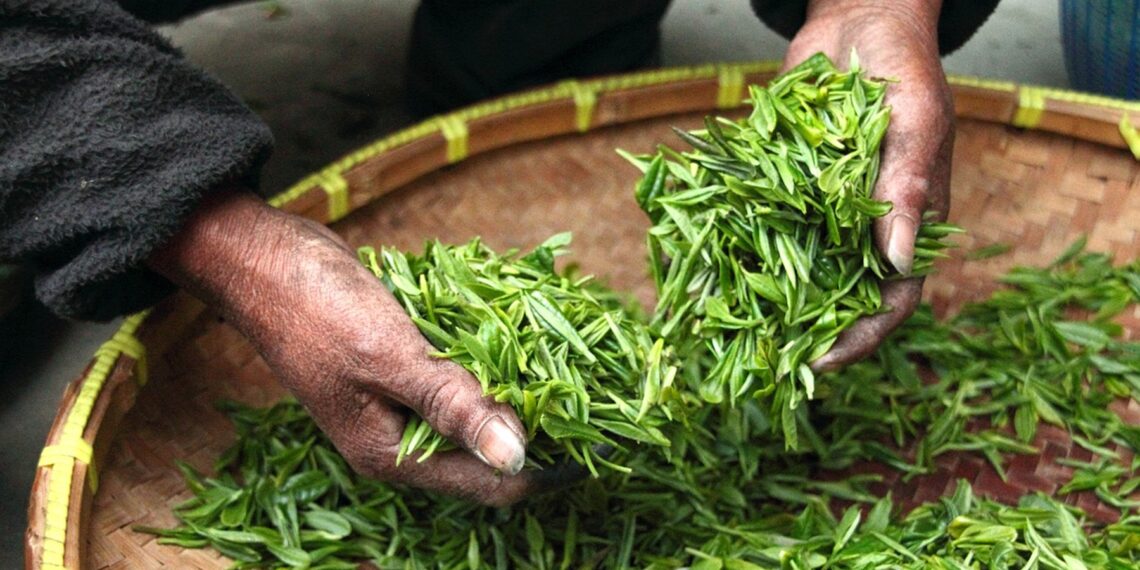New Delhi: India’s tea exports grew by 2.85% in the 2024–25 financial year, reaching 257.88 million kilograms, up from 250.73 million kilograms in the previous year, according to the Tea Board of India.
The latest data marks a second consecutive year of strong global demand for Indian tea, renowned for its distinctive quality and flavour.
North India led the surge, with exports rising by 8.15% to 161.20 million kg in FY 2024–25, compared to 149.05 million kg a year earlier.
The upward momentum was also reflected in the value of tea exports, with the average price per kilogram climbing to Rs. 290.97—an increase of 12.65% over the previous year’s Rs. 258.30—resulting in higher overall realisations for exporters.
Looking at the calendar year January–December 2024, India shipped 256.17 million kg of tea globally, registering a significant 10.57% jump from the same period in 2023.
North India accounted for 155.49 million kg, while South India contributed 100.68 million kg—growth of 10.28% and 11.02%, respectively.
India ranks among the top five tea-exporting nations worldwide, contributing around 10% to global exports.
The country’s celebrated varieties—Assam, Darjeeling, and Nilgiri—are particularly favoured in overseas markets.
Black tea dominates India’s export basket, making up nearly 96% of total tea shipments. Other varieties include green tea, herbal infusions, masala tea, and lemon tea.
Indian tea is exported to over 25 countries, with key markets including the UAE, Iraq, Iran, Russia, the United States, and the United Kingdom.
To boost production and global brand visibility, the Indian government—through the Tea Board—has introduced a range of initiatives aimed at supporting both large estates and the growing number of small tea growers (STGs), who now contribute nearly 52% of total production.
The country currently has around 2.3 lakh registered small tea growers.
Key initiatives include the formation of 352 Self Help Groups (SHGs), 440 Farmer Producer Organisations (FPOs), and 17 Farmer Producer Companies (FPCs).
ALSO READ: Saudi Arabia’s ‘Sleeping Prince’ passes away at 36 after two decades in coma
Capacity-building exercises, quality plucking campaigns, and support for procuring pruning machines and mechanical harvesters have also been carried out to improve productivity.
In addition, mini tea factories have been established to encourage entrepreneurship and create employment opportunities, especially for youth.
The Indian tea industry directly employs about 1.16 million workers, with an equal number involved indirectly, making it one of the largest employers in the country’s agricultural sector.















